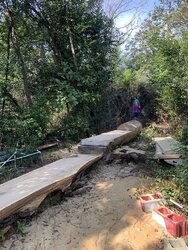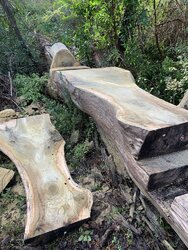I’m going to try salvaging some beech to boards instead of firewood. This summer may be my last chance before the big ones are all too far gone.
Questions:
1) how should I spec out a good ripper chain? I have a local Stihl dealer and want to be sure I get a good, efficient chain, not whatever they have in stock.
2) Best way to seal the end grain to help prevent cracking during drying?
Thanks!
Questions:
1) how should I spec out a good ripper chain? I have a local Stihl dealer and want to be sure I get a good, efficient chain, not whatever they have in stock.
2) Best way to seal the end grain to help prevent cracking during drying?
Thanks!



